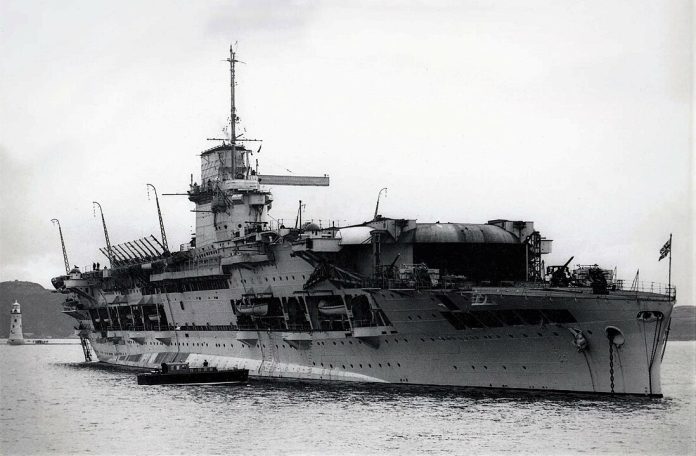
On June 8, 1940, a momentous and tragic naval encounter unfolded in the Norwegian Sea. The British aircraft carrier HMS Glorious, flanked by the destroyers HMS Ardent and Acasta, was set upon by the German battlecruisers Scharnhorst and Gneisenau. The ensuing battle marked a rare instance in World War II when battleships triumphed over an aircraft carrier. Glorious, along with her escorts, was sunk, claiming the lives of 1,596 sailors, marines, and airmen. The incident has remained a source of enduring controversy and speculation, intensified by allegations of a cover-up at the highest levels.
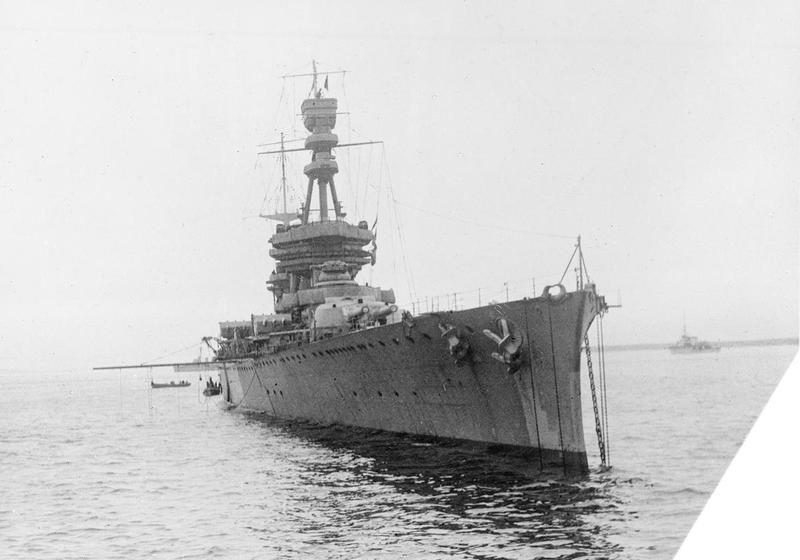
On June 8, 1940, at 4 p.m., the HMS Glorious was sailing westward across the Norwegian Sea towards the British naval base of Scapa Flow when two grey blips were spotted on the horizon by the lookout. The Glorious and her two escorting destroyers lacked radar at the time, so Capt. D’Oyly-Hughes instructed the destroyer Ardent to investigate the sighting visually, while maintaining their course at cruising speed.

Shortly after, the British sailors realized with horror that the seemingly harmless dots were actually the German battlecruisers Gneisenau and Scharnhorst. Only a few dozen would survive one of the most contentious naval battles of World War II, where battleships managed to take down an aircraft carrier single-handedly.

The Glorious, a converted Courageous-class battlecruiser, was among the early flat-top aircraft carriers constructed. Its distinctive feature was the pointed bow that protruded beneath the raised flight deck. The Courageous, the lead ship of its class, had made history by launching the first carrier-launched naval air strike towards the end of World War I.

Despite its historical significance, the Glorious had limitations in terms of its air group capacity. It could only accommodate a smaller group of forty-eight aircraft compared to the larger fleet carriers of the United States. The Glorious entered World War II and played a role in providing air cover for the Allied forces supporting Norway’s resistance against Nazi invasion in April 1940. Its Sea Gladiators successfully shot down several German bombers during this operation. However, the ship’s captain, Guy D’Oyly Hughes, faced a disagreement with air group leader J.B. Heath.
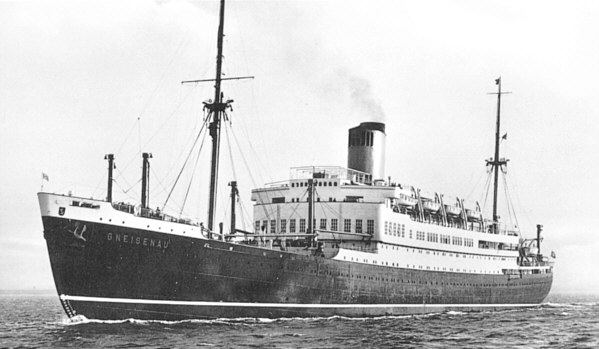
D’Oyly wanted the Swordfishes to launch raids on land targets, but Heath argued against it, citing the lack of clear targets and the vulnerability of the slow biplanes to anti-aircraft fire. As a result, D’Oyly removed Heath from the ship and proceeded with missions to transport Royal Air Force Gladiators and Hurricanes to Norway.

Nonetheless, on May 24, the Allies initiated the evacuation of forces in Norway as a result of Germany’s successful advances into the Low Countries and France. The Glorious was then tasked with retrieving the fighters it had recently transported. The RAF Hurricanes of No.46 squadron, although lacking arrestor hooks, managed to perform short carrier landings by attaching sandbags to weigh down their tails. Following this achievement, the Glorious was scheduled to return to the UK alongside the carrier Ark Royal for mutual protection.
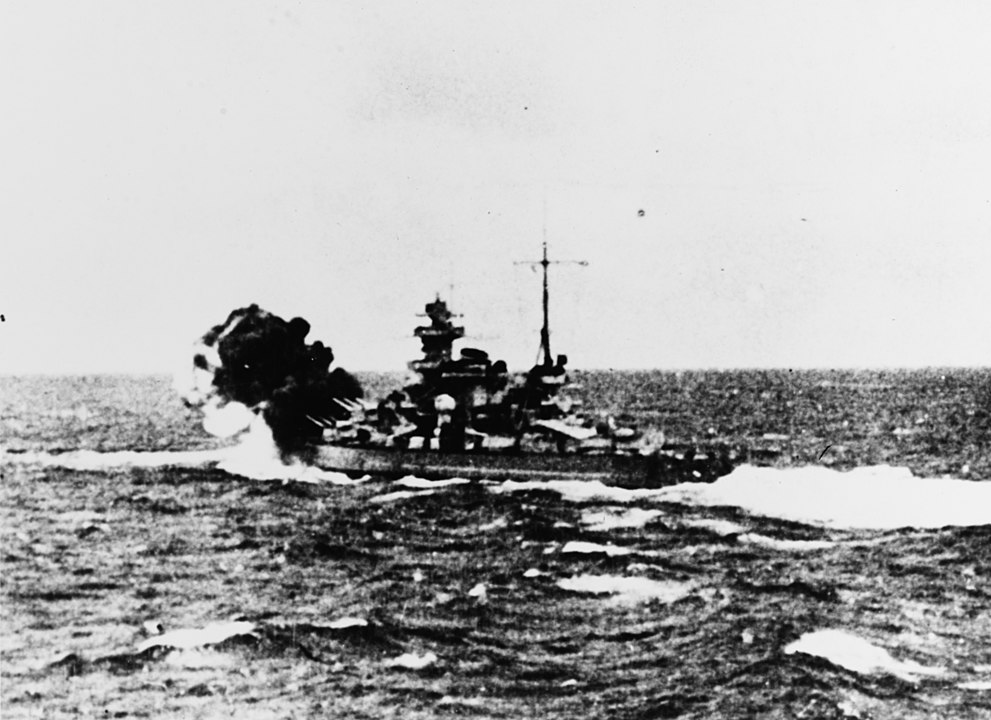
On June 8, D’Oyly-Hughes was granted permission to sail independently to Scapa Flow with only two destroyers as escorts. Officially, the Royal Navy stated that this decision was made to conserve fuel. However, some crew members have claimed that D’Oyly-Hughes was eager to attend Heath’s court martial.
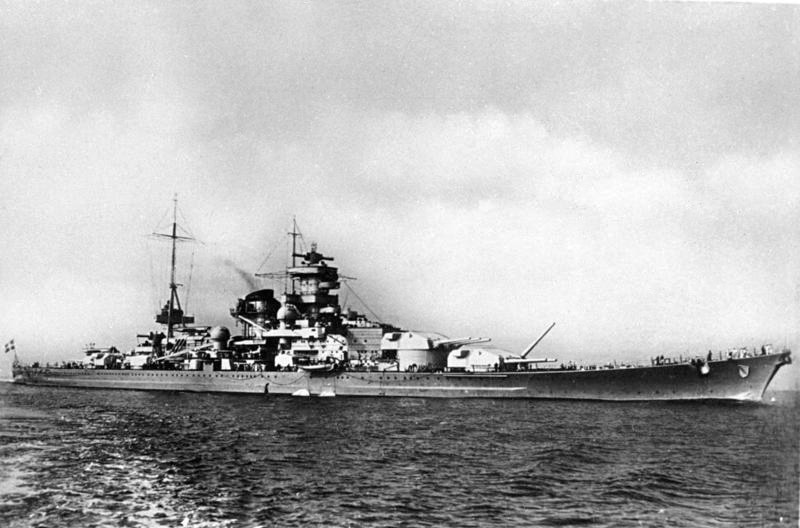
Regardless, none of the Glorious’ aircraft were on Combat Air Patrol duty, and none were prepared on the flight deck, possibly due to concerns about pilot fatigue. The carrier’s crow’s nest remained empty, and only twelve of her eighteen boilers were operational, limiting her speed.

The decisions made on that fateful day had fatal consequences. The German Kriegsmarine swiftly deployed their battlecruisers, Scharnhorst and Gneisenau, as part of Operation Juno. Their mission was to intercept and disrupt the evacuation ships of the Allied forces. Although the German battlecruisers were known for their speed, the Glorious was able to match their pace, reaching a speed of thirty knots once her boilers were fully operational.

However, the retaliatory fire from the German battlecruisers proved devastating. The Acasta was engulfed in flames and sank stern-first into the water at around 6 p.m. The Glorious, already listing to starboard, also met its demise. The entire engagement, including the sinking of the Glorious, was captured on film by a camera crew aboard the Scharnhorst.

After the attack, the German battlecruisers hastily departed the scene without rescuing any survivors. The Scharnhorst, listing at a five-degree angle, made its way back to Trondheim, Norway, where it underwent repairs for the next six months. Surprisingly, the Royal Navy remained unaware of the battle and did not initiate any rescue efforts. They only learned of the tragedy when Germany announced their victory.

Out of the crew members aboard the Ardent, Acasta, and Glorious, only one from the Ardent, two from the Acasta, and thirty-six from the Glorious were fortunate enough to be rescued by Norwegian and German forces. Tragically, 1,596 Royal Navy and Air Force personnel lost their lives, with many succumbing to the freezing conditions while awaiting rescue.

The ambush of the Glorious by two large capital ships on a clear day was made possible due to extraordinary circumstances, particularly the absence of Combat Air Patrol. For years, the Royal Navy provided a somewhat vague explanation of the disaster.
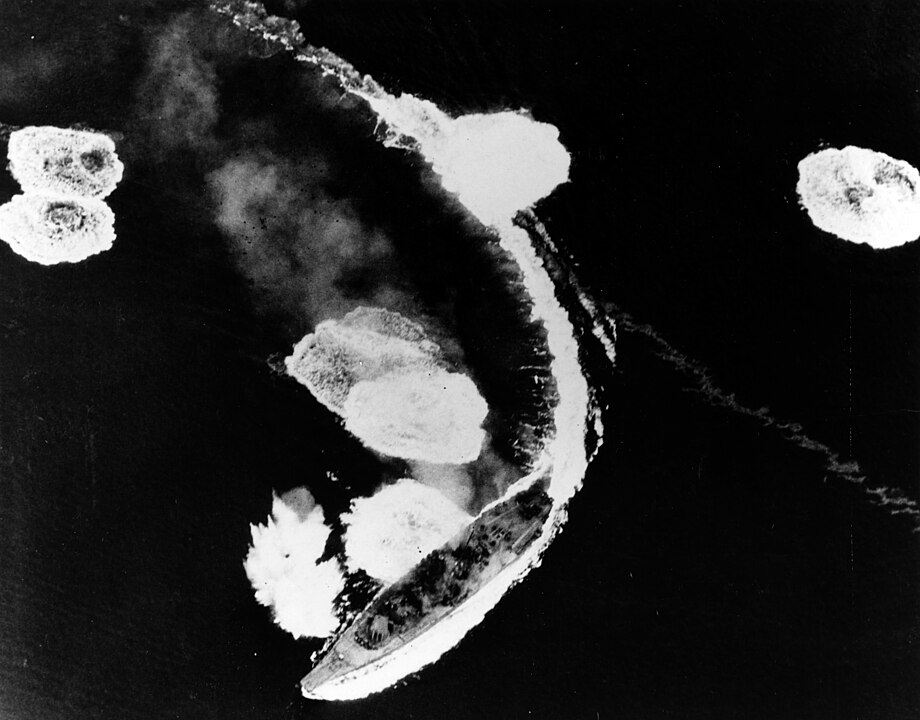
However, in the 1980s, historian Stephen Roskill shed light on the poor command culture under Captain D’Oylyy, holding him responsible for the tragedy. Even today, this unusual disaster continues to spark controversy and has been a subject of questioning in Parliament.
